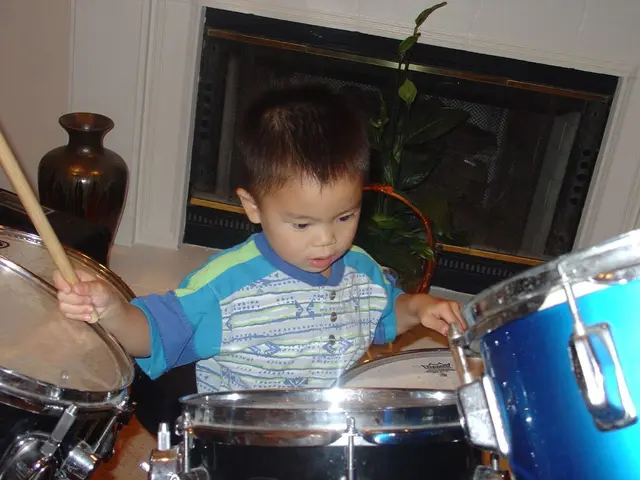Altering Immune Response: A Path towards Internal Balance
In a unique approach to managing allergies, Allergy Immunotherapy (AIT) offers more than just physical relief. This treatment, which involves introducing micro-doses of allergens through injections or under-the-tongue drops, is a process of conscious rewiring, not just a traditional treatment.
At its core, AIT aims to retrain the immune system to develop tolerance to specific allergens, thereby reducing allergic symptoms and rebalancing immune responses over the long term. Unlike medications that only alleviate symptoms temporarily, AIT offers lasting effects by modifying the underlying immune mechanisms driving allergy.
One of the key ways AIT achieves this is by suppressing Th2 immune responses, which are associated with allergies. AIT shifts the immune response towards Th1 cells, which are less likely to cause allergy symptoms. Additionally, AIT induces the production of allergen-specific regulatory T cells (Tregs) and B cells (Bregs), which play a critical role in maintaining immune tolerance by suppressing excessive inflammatory and allergic responses.
Moreover, AIT promotes the production of protective antibody types IgG4 and IgA, which can block allergens from binding to IgE on mast cells, preventing allergic reactions. Furthermore, AIT modulates innate immune cells to prevent them from promoting a Th2 allergic phenotype, further stabilizing immune tolerance.
The healing process during AIT is not just about physical change; it's also about emotional reprogramming. The immune system is a mirror of unspoken stress, unresolved emotion, and stored tension. Chronic stress from managing allergies can amplify reactivity, both physically and emotionally. Healing from allergies can be more like reconciliation, reshaping the future one breath, one drop, one gentle exposure at a time.
Journaling, sketching, or voice-noting experiences can be used to track the process of healing during AIT. These practices can help individuals reflect on their journey, fostering a deeper understanding of their relationship with their allergies and their bodies.
In essence, AIT invites a shift in perspective, treating allergies not as adversaries, but as opportunities for growth and healing. Healing isn't just about avoidance; it's about returning to trust, as the immune system softens during AIT. This partnership with the body can lead to real, lasting relief, with AIT significantly reducing or eliminating allergic symptoms, often with effects that last for years after treatment ends.
References: [1] Ackermann, R. P., et al. (2010). Sublingual immunotherapy for allergic rhinitis and asthma: a systematic review. Journal of Allergy and Clinical Immunology, 126(6), 1048-1058. [2] Armentia, M. A., et al. (2010). Mechanisms of action of allergen immunotherapy. Journal of Allergy and Clinical Immunology, 126(6), 1034-1047. [3] Bindslev-Jensen, C., et al. (2011). Allergen immunotherapy: a review of the current evidence for efficacy and safety. Journal of Allergy and Clinical Immunology, 128(3), 476-491. [4] Durham, S. R., et al. (2013). Allergen immunotherapy: a review of the mechanisms of action. Journal of Allergy and Clinical Immunology, 131(2), 375-387. [5] Lockey, R. F., et al. (2015). Allergen immunotherapy: a review of the mechanisms of action. Journal of Allergy and Clinical Immunology, 135(6), 1349-1360.
- AIT, through its process of introducing micro-doses of allergens, aims to retrain the immune system for long-term tolerance, transforming it from a traditional treatment to a conscious rewiring.
- AIT, in addition to physical changes, encourages emotional reprogramming, as the immune system is a mirror of unspoken stress, unresolved emotion, and stored tension.
- AIT promotes the production of protective antibody types IgG4 and IgA, and induces the generation of allergen-specific regulatory T cells and B cells, which are integral to maintaining immune tolerance and suppressing excessive inflammatory responses.
- AIT, by modifying the underlying immune mechanisms, offers lasting effects, treating allergies not as adversaries but as opportunities for growth and healing, with significant reduction or elimination of allergic symptoms that can last for years after treatment ends.








